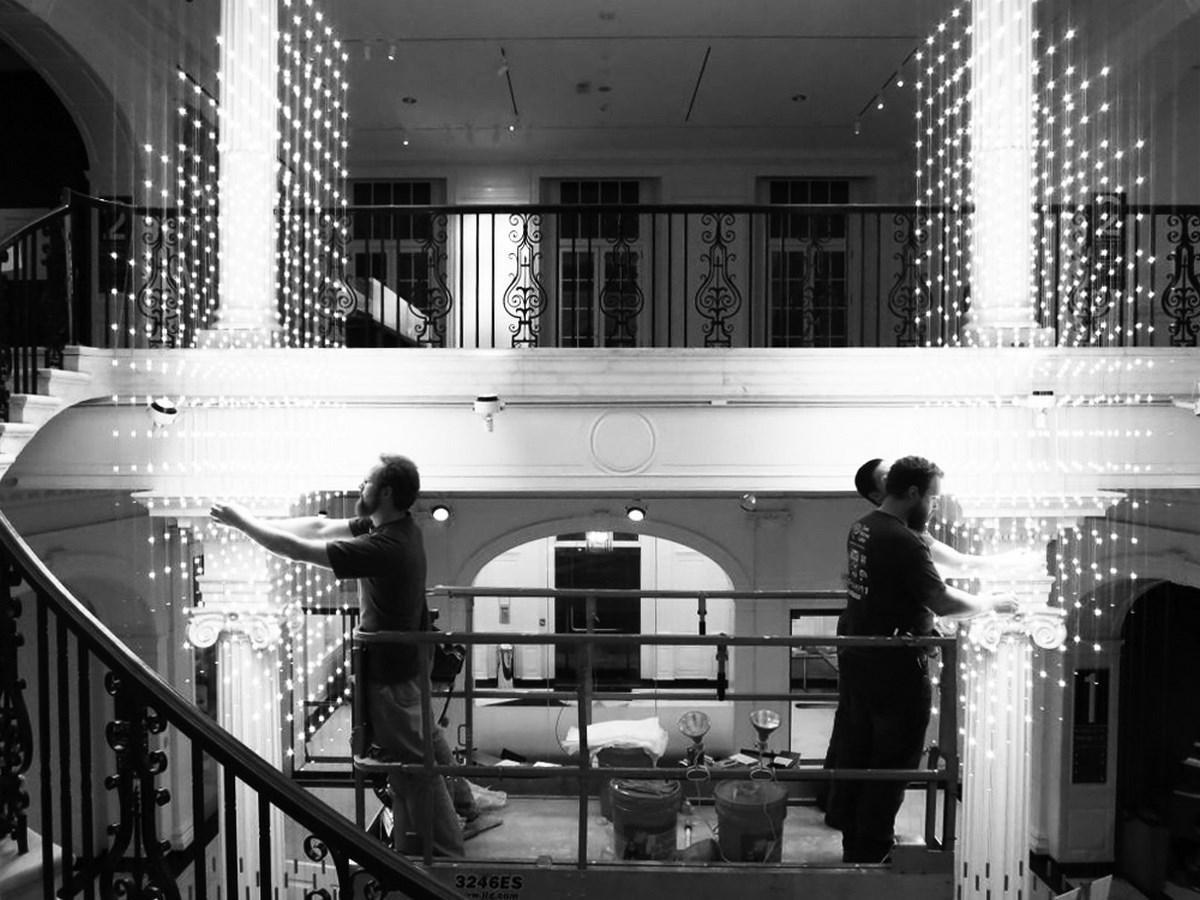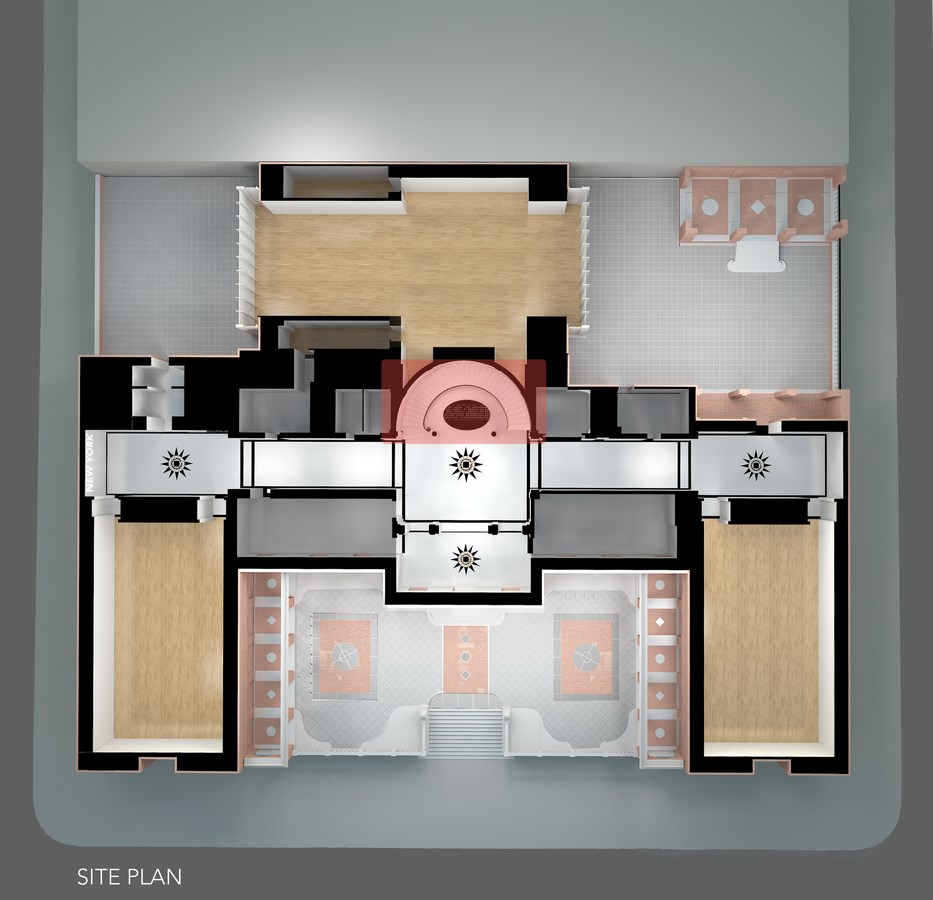Igniting the majestic circular stair at the heart of the historic interior this site-specific light sculpture marks a new era for the Museum of the City of New York (MCNY). In a way that the Museum has not seen in years, the public is engaging with the architecture and sharing the experience with others, joining old and new in one phenomenon.
World Architecture & Design Awards 2019
First Award | Category: Product Design Elements
Architects: Wendy Joseph
Studio: Studio Joseph
Team Members: Wendy Evans Joseph (Architect/Designer), Chris Cooper (Architect/Designer), Matthew Schreiber (Fine Artist), Studio 1Thousand (Fabricator), Eduard Hueber/Arch Photo Inc. (photographer)
Country: United States
Website: www.studiojoseph.com
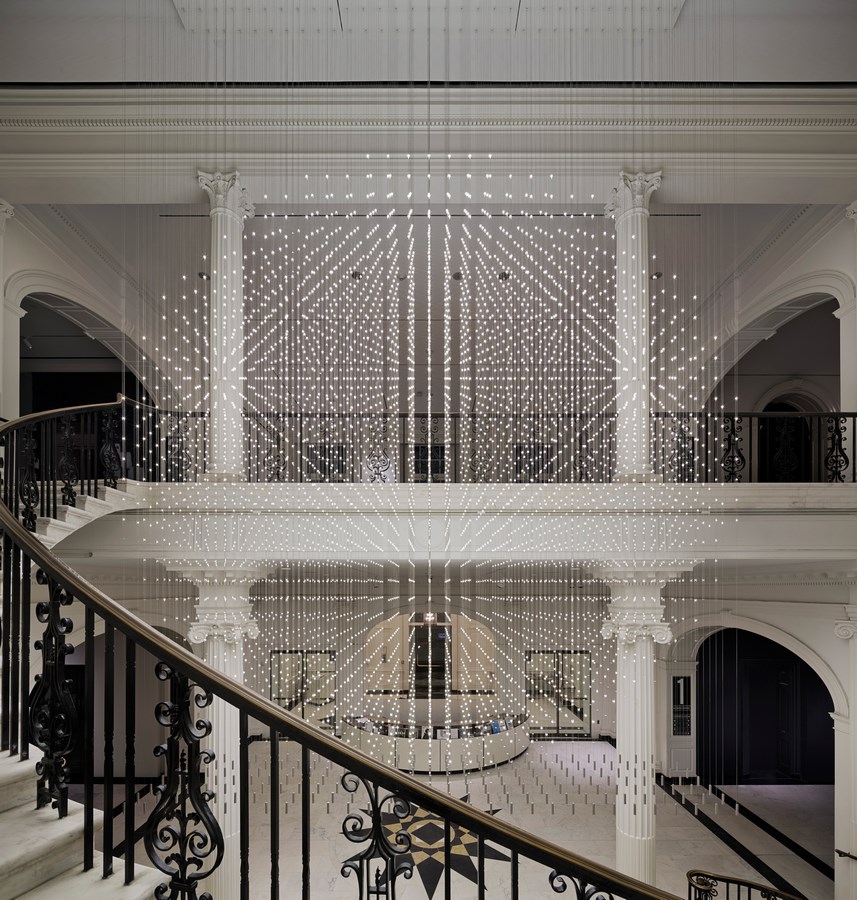
The museum’s goals for the implementation of this project were to change public perception of the museum, increase efficiency of operations, emphasize interest in sustainability, and coordinate the design to match the museum’s other interior design improvements. Despite the museum’s historical significance, MCNY also wanted to show its present relevance. Visible from the building’s exterior, the sculpture creates an exciting new look for the central spaces and entry of the building attracting passersby. Upon entry, visitors become immersed in Starlight’s design, which creates a moment for people to either sit or take photos and share them through social media.
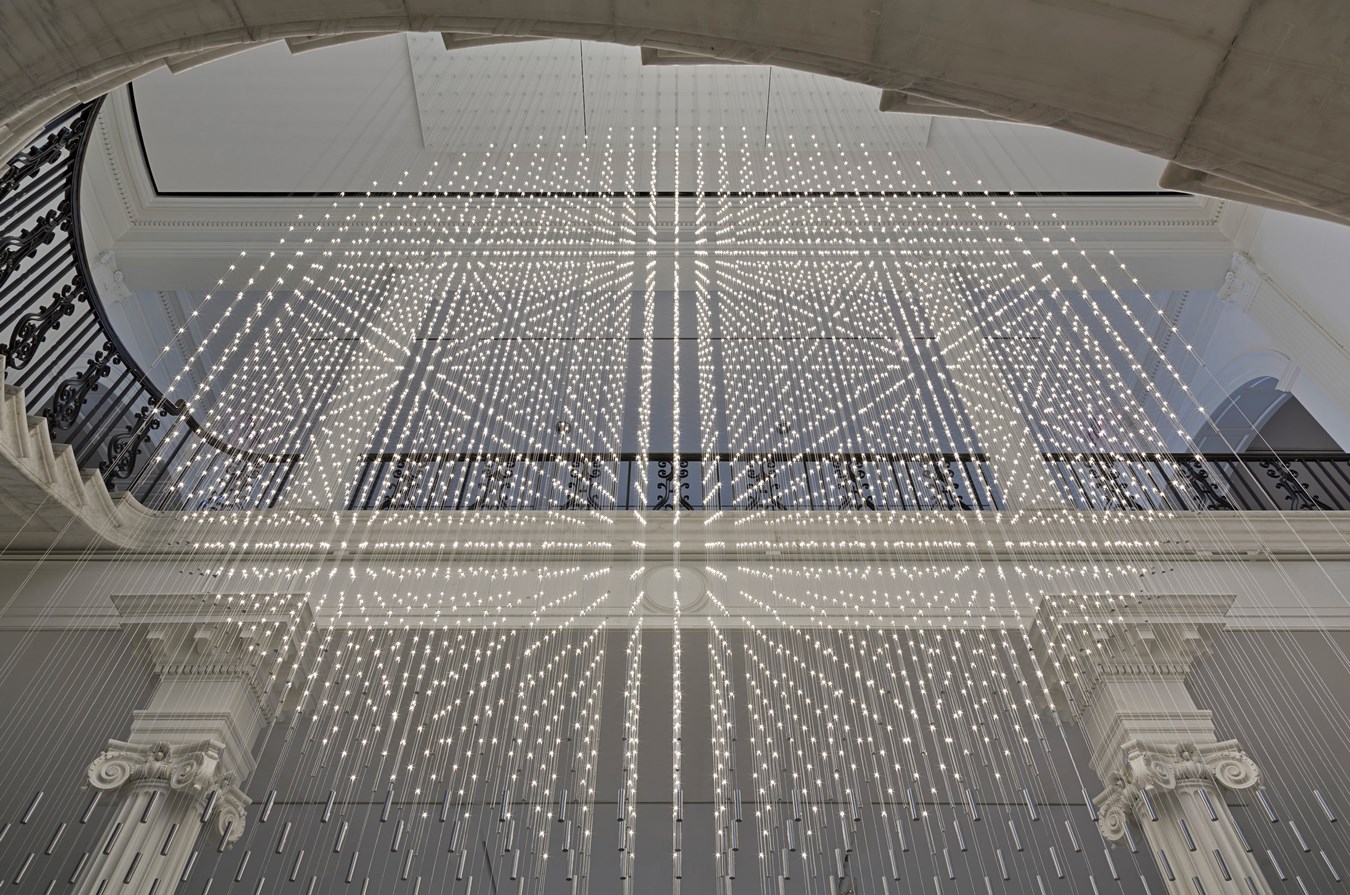
As visitors move between floors, Starlight’s spatial grid creates an optical effect that changes when seen from different elevations, and in a unique way, this increases the museum’s operations efficiency and fosters public health by encouraging the use of the stairs instead of elevators.
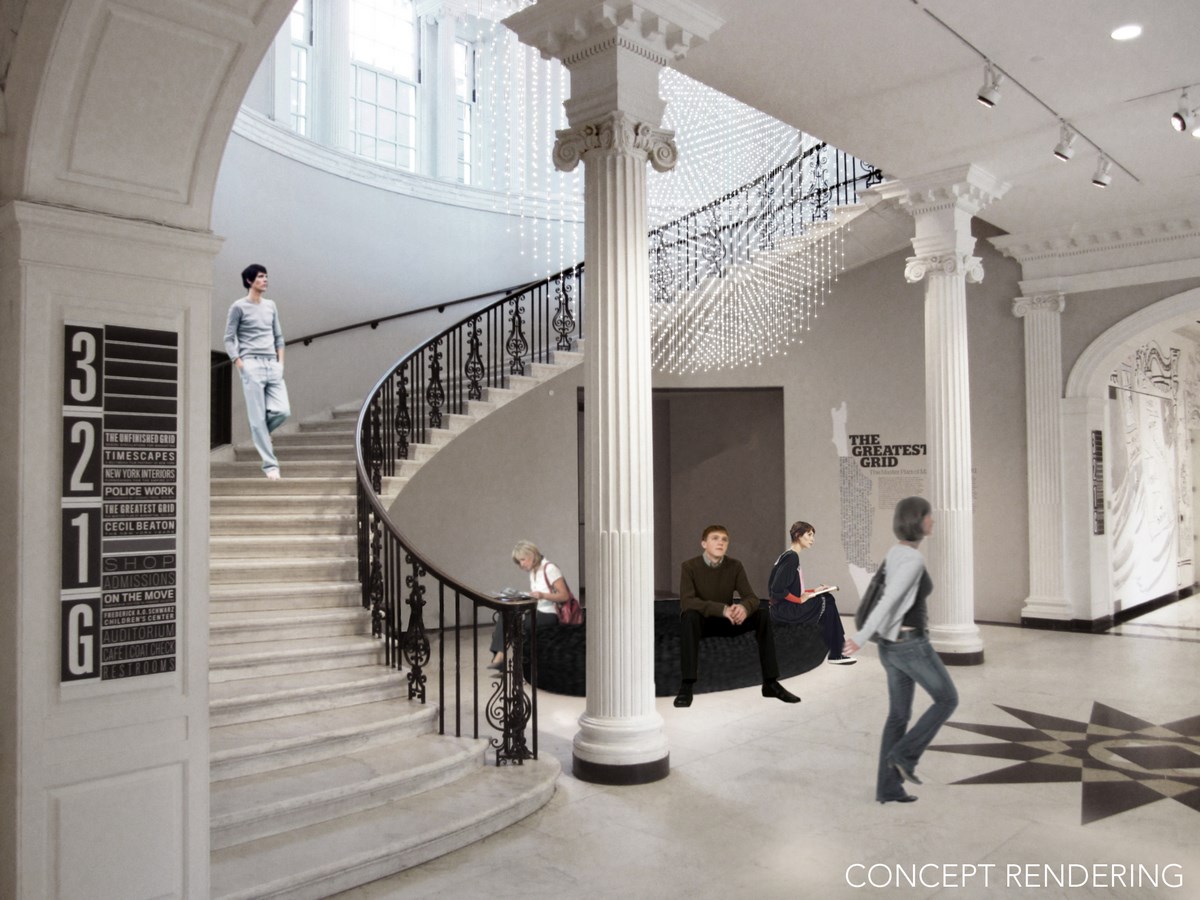
The museum emphasized an interest in sustainability by employing state of the art LED technology, that uses minimal energy, generates virtually no heat, and will last for years without replacement. The simplicity of the design’s concept demanded precise execution in every detail. The sculpture is the product of computer-generated components that are hand assembled. Connection points are engineered to create the utmost abstract simplicity. Each light diode or pixel is constructed from double-sided circuit boards on which white LED chips are mounted. The use of naked or non-lensed LED chips provides the most precise point of light available. Although there had been a historic chandelier where the sculpture is suspended, the execution required coordination with the structural engineer to hang extra supports from the steel super structure. Electrical wiring, especially dimming controls required great expertise from both the fabricator and the electricians. Accomplishing this design on a limited budget was possible through careful collaboration with a Brooklyn-based group of young, enthusiastic industrial designers.
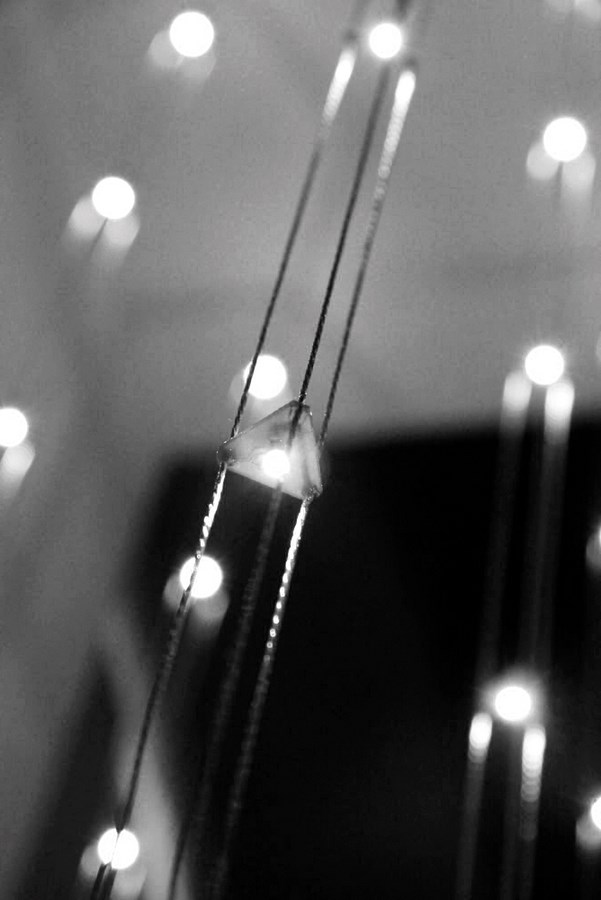
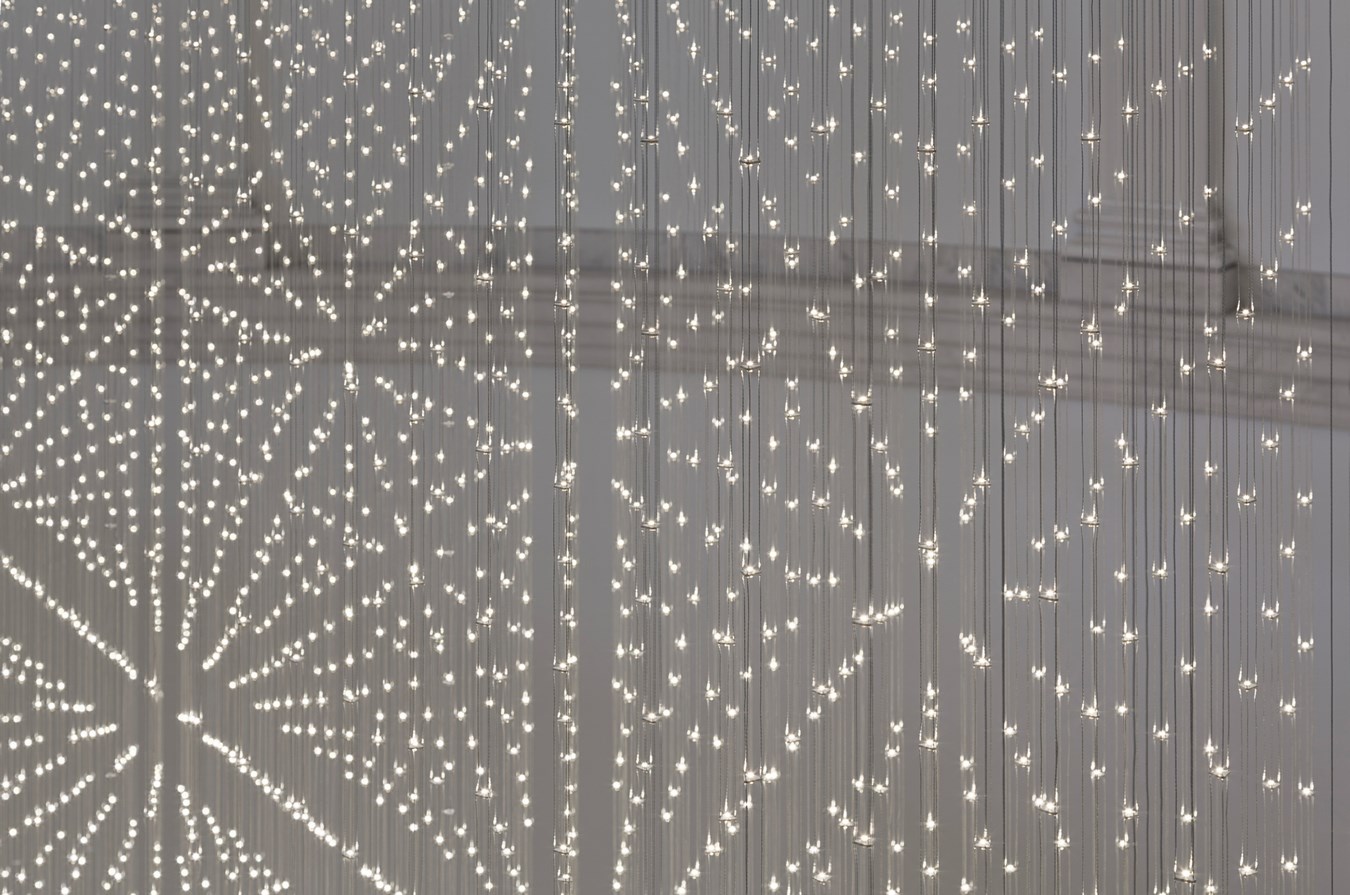
As with many creative projects, the complexity of the artistic experience cannot be completely anticipated. While the commission was for a work of art that would enliven the space to make more of the museum-going experience, the enormity of the change in the public’s use of the building and their perception of the museum’s mission has been more significant. With increased awareness, engagement, and attendance, Starlight has had success beyond the hopes of the design team and the client. The museum director calls it “miracle on 104th”.
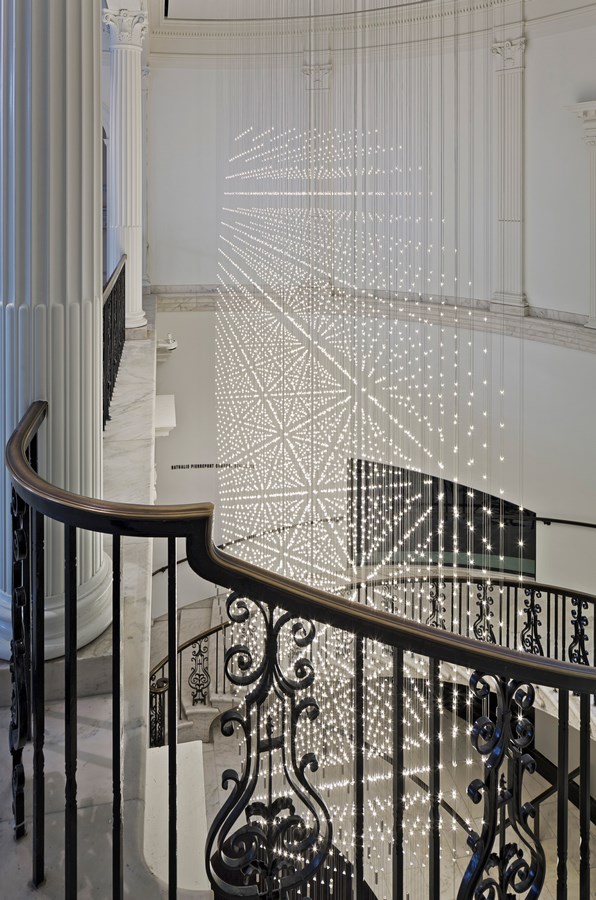
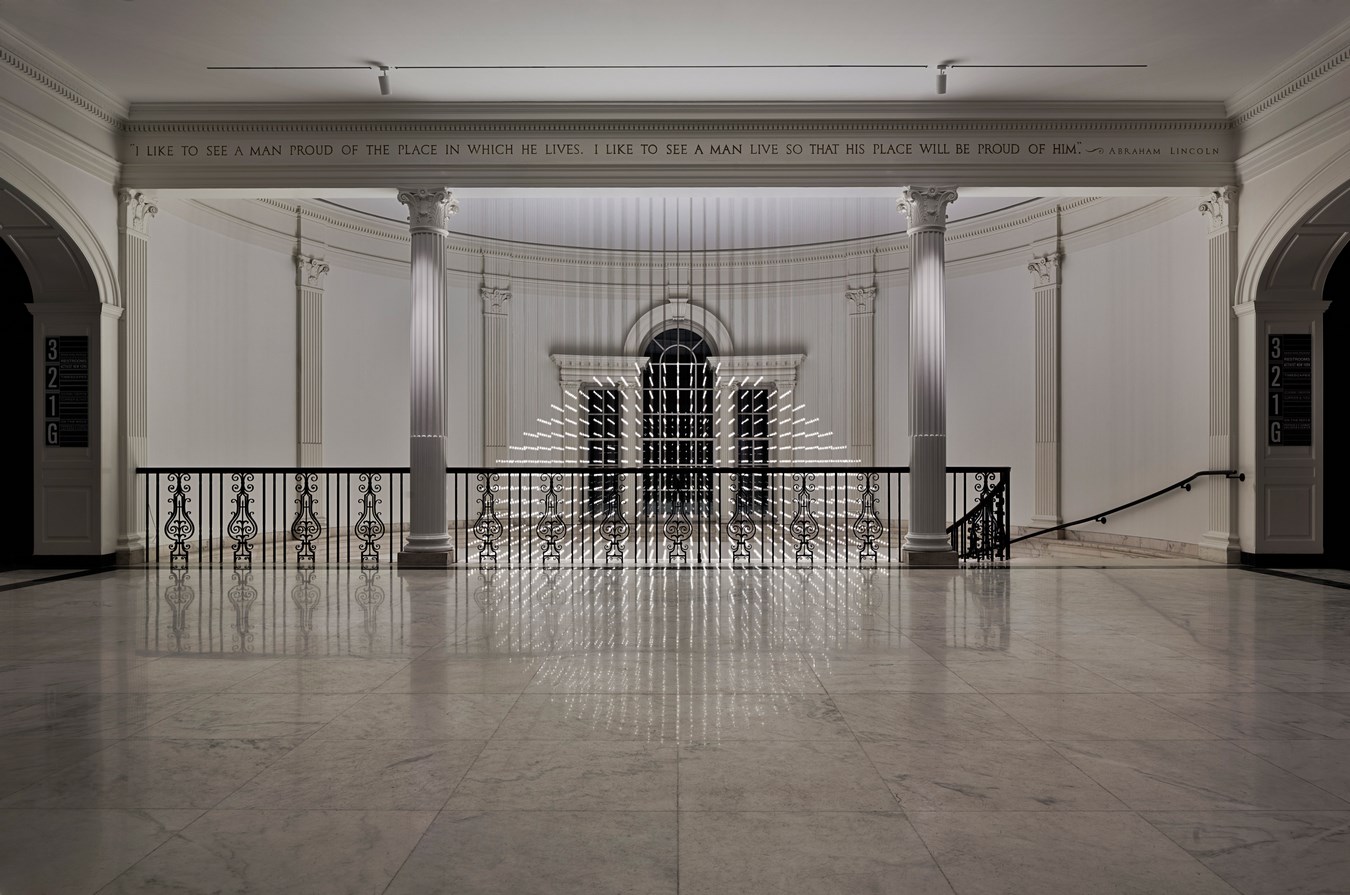
Another great opportunity. APR’s next award Global Future Design Awards 2019 is open for Registration. Don’t miss the chance, its a huge platform for architects.







